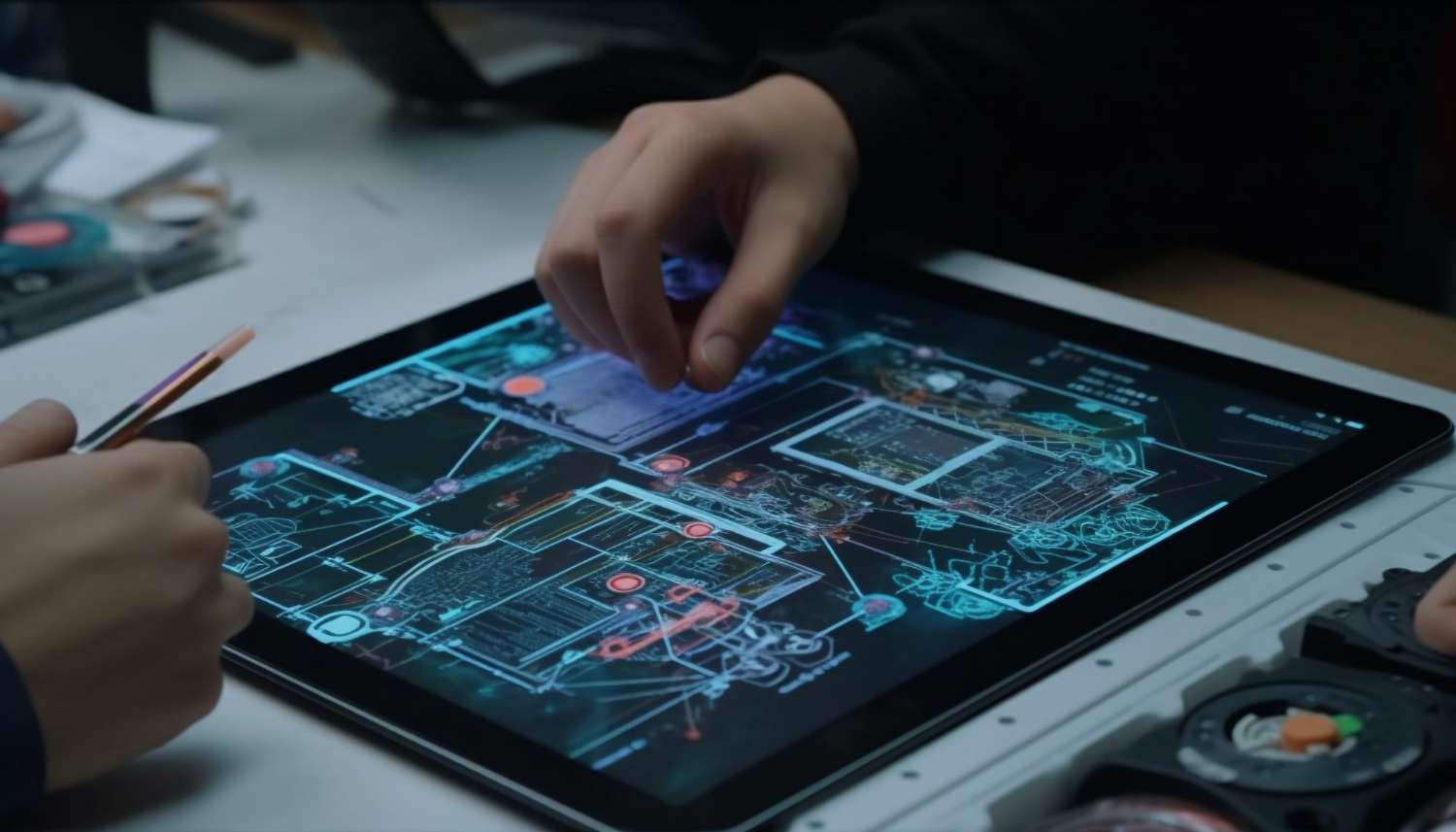Generative Pretraining Transformer (GPT) models have reshaped content creation and design, enabling automation, personalization efficiencies, and innovation possibilities with their language-producing capabilities.
With its advancement in understanding and generating human-like text, GPT has proved its potential as a versatile tool for automating content creation. From writing articles, and creating website content, to drafting emails, it offers time-saving solutions.
Additionally, GPT models can generate content significantly faster than humans, offering high scalability. They can even personalize the text depending on the given inputs, thus raising the bar for content personalization.
What does GPT bring to design and UI/UX?
GPT’s influence isn’t confined to writing text. It also plays a role in enhancing user experiences and interface designs. How? Let’s consider chatbots. GPT-powered chatbots offer a more sophisticated conversation, improving user interactions.
Furthermore, GPT models can be trained to generate code, providing automated solutions for streamlined design experiences. This capability could reshape how teams approach interfaces and experience designing tasks.

Can GPT be tailored to match a brand’s tone of voice?
Branding is crucial in any form of communication, and GPT models are skilled in taking provided data and mirroring its style. For example, if you feed a GPT model with text written in a brand’s specific tone, it can generate similar content, supporting brand consistency.
However, note that the model’s output quality will depend on the quality and diversity of the data fed to it. Thus, the quality of the brand’s language and tone plays a critical role in obtaining reliable and consistent outputs.
What are the shortcomings and ethical considerations when using GPT for content creation and design?
As with any AI, GPT isn’t flawless. It often requires fine-tuning to avoid producing incorrect or misleading content. Besides, there’s always an ethical concern when automating creative jobs. Where do we draw the line?
It’s important to view GPT as a tool to augment human capabilities rather than replace them. Content created by GPT should be reviewed and refined by professionals to protect brand integrity and maintain quality.
For a deeper understanding of generative AI and its future, you can read more about it in our article, “GPT: An Examination of the Future of Generative AI“.
Conclusion
GPT’s capabilities bring undeniable benefits to content creation and design, from automating tasks to maintaining brand consistency. But it’s also crucial to acknowledge its potential limitations and ethical matters.
Despite these, GPT’s innovative applications promise exciting possibilities for the future of content creation and design. 🚀
- Analyzing Patterns in Failed Products - July 25, 2024
- Hybrid Cryptographic Systems - July 24, 2024
- Inadequate Threat Intelligence Integration - July 23, 2024
